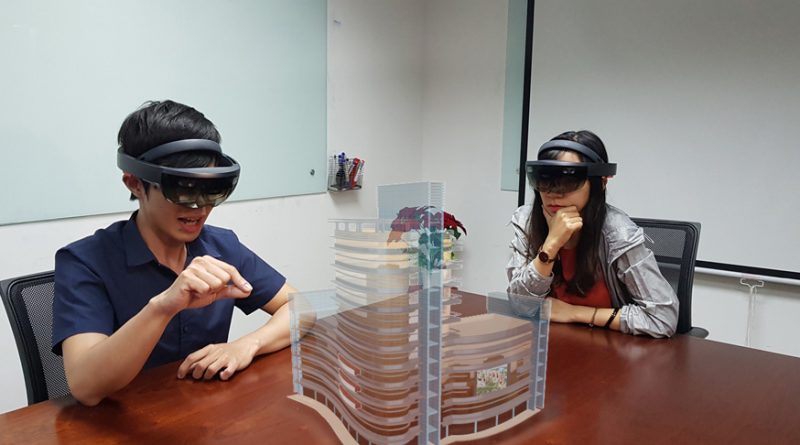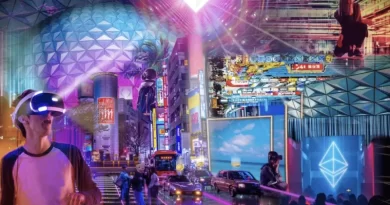Variable Focus Thin Lens Designed For Augmented and Virtual Reality Headsets
A thin lens with a continuously tunable focal length has been developed by researchers. The new lens could one day eliminate visual fatigue from augmented and virtual reality (AR/VR) devices.
3D AR/VR devices used for display causes discomfort after use of long durationdue to vergence-accomodation conflict. Variable focused thin lens, known as an Alvarez lens, can aid in the resolution of this issue. This could provide a more comfortable and realistic 3D experience, enabling more people to use AR/VR headsets.
It is constructed of two flat, or planar, liquid crystal elements that can be moved in relation to one another to continuously change the focal length of the lens. To demonstrate the new Alvarez lens, they integrated it into an AR display system that displayed virtual images at various depths on a real-world view.
“This lens has a continuous and large tuning range, a thin formfactor, is lightweight, and can be made using a simple low-cost fabrication process,” said Li, who worked with the lab of Shin-Tson Wu at the University of Central Florida College of Optics and Photonics. “In addition to AR/VR devices, this type of compact tunable lens could be useful for microscopic imaging, machine vision, laser processing, and ophthalmology.”
Virtual Experience Improvement
The vergence-accommodation conflict occurs in AR/VR devices because the left and right eyes receive two slightly different images that the brain combines to form a virtual 3D image. Each eye focuses on the fixed 2D plane where the image is displayed to see it clearly. The merged 3D image and the single eye focus at the 2D plane become inconsistent as a result, causing dizziness and visual fatigue.
A vari-focal display, which dynamically changes the depth of single-plane virtual objects so that virtual objects appear to exist at different depths at different times, can help to reduce the vergence-accommodation conflict. A multi-focal display system, which renders multiple 2D cross-sections of a virtual object at multiple depths at the same time to reconstruct a 3D volume, is another option. The VAC problem is suppressed in both cases because the human eye can focus on the correct depths of the virtual objects.
Vari- or multi-focal display systems require a tunable lens that can continuously change focus over a wide range while remaining compact and lightweight enough to be useful in head-mounted AR/VR devices. The method allows Pancharatnam-Berry optical elements with complicated and irregular phase profiles to be created, resulting in an Alvarez lens with high precision, low cost, and unprecedented convenience.
Display of Augmented Reality
The researchers developed a tunable Alvarez lens out of two planar Pancharatnam-Berry liquid crystal elements using their novel approach. An ultrathin polymetric liquid crystal layer a few hundred nanometers thick is coated onto a 1-mm-thick glass substrate in each element. They used this Alvarez lens in an AR display system built on an optical table with off-the-shelf optical elements. They were able to continuously tune the depth of the virtual image from near to far distances by laterally shifting the two elements of the Alvarez lens.
Regardless of depth, Li said, the virtual image displayed the same in-and-out of focus effect as real 3D objects in the real world. As a result, the human eye could always correctly focus on the depth of the virtual 3D image, overcoming the vergence-accommodation conflict problem.
The Alvarez lens used in this study was optimized for single-color operation at 532 nm, but the researchers are investigating ways to use it for full-color displays. They also intend to use an electronic method to control the lateral displacement of the optical elements, which was done manually in this study.




